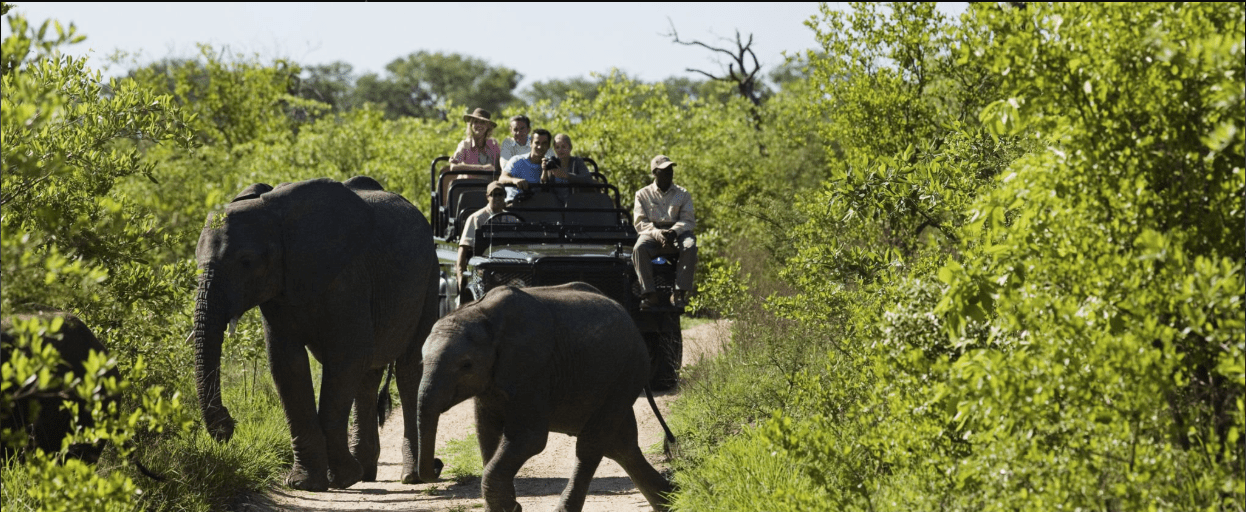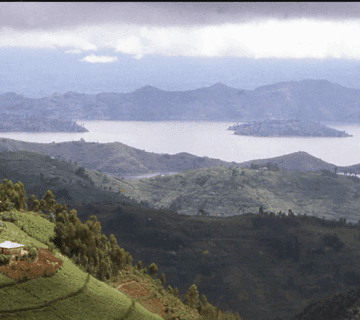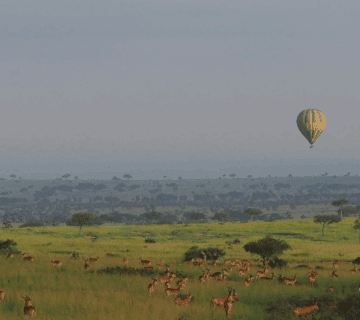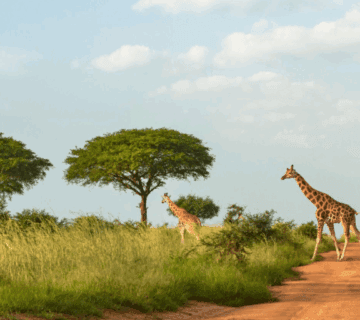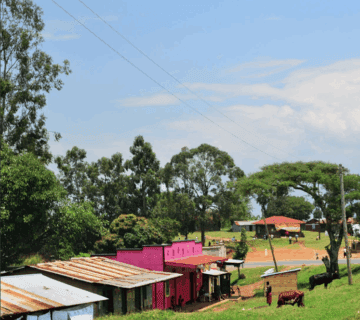What Wildlife Can I Expect to See in Ruaha National Park?
Ruaha Wildlife Diversity, located in the heart of Tanzania, is one of Africa’s most spectacular yet less-visited wildlife sanctuaries. Covering an area of approximately 20,226 square kilometers, it is the largest national park in Tanzania and forms part of the greater Rungwa-Kizigo-Muhesi ecosystem. Known for its rugged landscapes, dramatic river systems, and exceptional biodiversity, Ruaha offers an unparalleled safari experience away from the crowds of more famous parks like the Serengeti or Ngorongoro.
But what wildlife can you expect to see in Ruaha National Park? The answer is: an astonishing variety! From large predators to rare antelopes, massive elephant herds, and over 570 bird species, Ruaha is a hidden gem for wildlife enthusiasts. This article explores the diverse fauna of Ruaha, highlighting key species, their habitats, and the best times to spot them.
1. The Big Cats of Ruaha Wildlife Diversity
A. Lions – The Kings of Ruaha
Ruaha is renowned for having one of the largest lion populations in East Africa, with over 200 individuals. Unlike in busier parks, lions here are less habituated to vehicles, making sightings more thrilling. The Ruaha lions are known for their adaptability, often hunting larger prey like buffalo and giraffes due to the park’s abundance of big game.
-
Best Time to See Them: Dry season (June–October), when they gather near the Great Ruaha River.
-
Unique Fact: Ruaha’s lions have darker manes compared to those in northern Tanzania.
B. Leopards – The Elusive Shadows
Leopards thrive in Ruaha’s rocky outcrops and riverine forests. Though harder to spot than lions, patient observers may see them lounging in sausage trees or stalking impalas at dusk.
-
Best Time to See Them: Early morning or late afternoon game drives.
-
Unique Fact: Ruaha’s leopards are particularly large due to the abundance of prey.
C. Cheetahs – The Speedsters of the Plains
Cheetahs are less common in Ruaha than in the Serengeti, but the park’s open grasslands still support a small population. They are often seen in the eastern plains near the Mdonya River.
-
Best Time to See Them: Dry season when visibility is high.
-
Unique Fact: Ruaha’s cheetahs sometimes form coalitions to take down larger prey like zebras.
D. African Wild Dogs – The Rare Hunters
Ruaha is one of the last strongholds for the endangered African wild dog (painted wolf). These highly social predators roam in packs and are known for their relentless hunting tactics.
-
Best Time to See Them: Denning season (June–August) when they are more stationary.
-
Unique Fact: Ruaha’s wild dogs have some of the largest pack sizes in Africa.
2. The Great Herbivores of Ruaha Wildlife Diversity
A. Elephants – The Giants of Ruaha
Ruaha boasts one of Tanzania’s largest elephant populations, with herds numbering in the thousands. These majestic creatures rely on the Great Ruaha River, especially during the dry season.
-
Best Time to See Them: June–November near permanent water sources.
-
Unique Fact: Ruaha’s elephants have longer tusks compared to those in heavily poached regions.
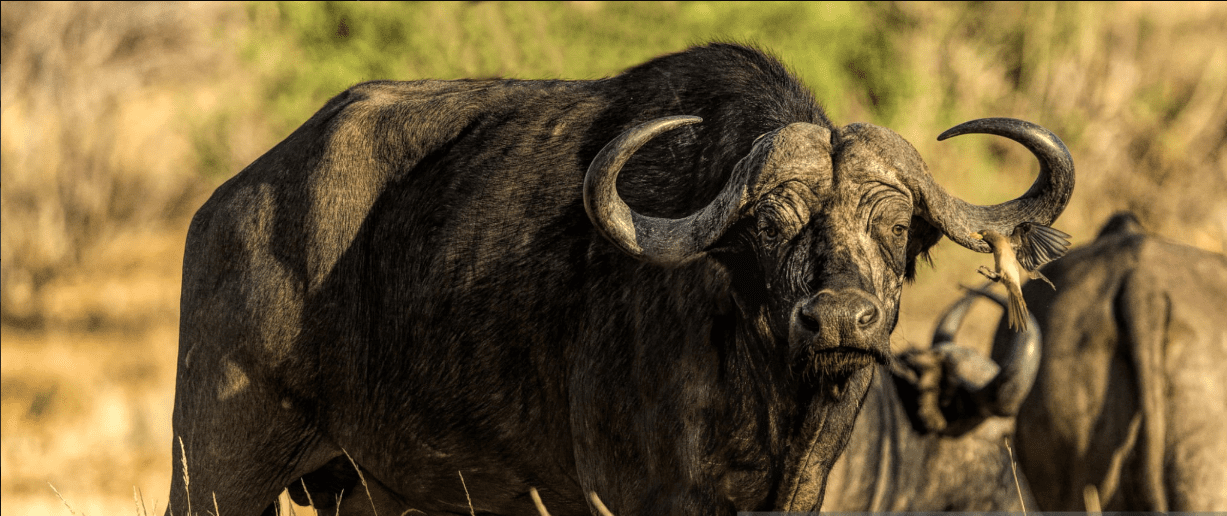
B. Buffaloes – The Black Death
Buffaloes are abundant in Ruaha, often seen in massive herds. They are a primary food source for lions, leading to dramatic predator-prey interactions.
-
Best Time to See Them: Year-round, but most visible in the dry season.
-
Unique Fact: Ruaha’s buffalo herds can exceed 500 individuals.
C. Giraffes – The Towering Beauties
Both Masai and endangered reticulated giraffes inhabit Ruaha. Their tall silhouettes are a common sight against the park’s baobab-dotted landscape.
-
Best Time to See Them: Year-round, often near acacia trees.
-
Unique Fact: Ruaha is one of the few parks where both giraffe subspecies coexist.
D. Hippos & Crocodiles – The River Titans
The Great Ruaha River is teeming with hippos and Nile crocodiles. Hippo pods can be seen (and heard) grunting in the water, while crocodiles lurk along the banks.
-
Best Time to See Them: Dry season when water levels are low.
-
Unique Fact: Ruaha’s crocodiles are among the largest in Africa, some exceeding 5 meters.
3. Rare and Endemic Species in Ruaha Wildlife Diversity
A. Sable and Roan Antelopes – The Elegant Rarities
Ruaha is one of the best places in Tanzania to see sable and roan antelopes, both of which are rare elsewhere. These majestic antelopes prefer miombo woodlands.
-
Best Time to See Them: Dry season in open grasslands.
-
Unique Fact: The sable antelope’s curved horns can grow up to 1.5 meters long.
B. Lesser Kudu – The Shy Forest Dweller
Unlike its larger cousin, the lesser kudu is elusive and prefers dense thickets. Ruaha is one of the few places where sightings are relatively common.
-
Best Time to See Them: Early morning near riverine forests.
-
Unique Fact: Lesser kudus can leap over 2 meters high when fleeing predators.
C. Bat-Eared Foxes & Aardvarks – The Nocturnal Oddities
Ruaha’s night drives reveal unusual creatures like bat-eared foxes and aardvarks. These insectivores are rarely seen in other Tanzanian parks.
-
Best Time to See Them: Night game drives (available in some lodges).
-
Unique Fact: Bat-eared foxes have enormous ears for detecting underground insects.
4. Birdlife in Ruaha – A Birder’s Paradise
With over 570 bird species, Ruaha is a dream destination for birdwatchers. Key species include:
-
Endemic & Near-Endemic Birds:
-
Ruaha red-billed hornbill
-
Tanzanian masked weaver
-
Yellow-collared lovebird
-
-
Raptors:
-
African fish eagle
-
Bateleur eagle
-
Martial eagle
-
-
Waterbirds:
-
Goliath heron
-
Saddle-billed stork
-
African spoonbill
-
-
Best Time for Birding: November–April (wet season), when migratory birds arrive.
5. Best Times to Visit for Ruaha Wildlife Diversity
-
Dry Season (June–October):
-
Best for predators and large mammals near rivers.
-
Clear skies, easier game spotting.
-
-
Wet Season (November–April):
-
Lush landscapes, excellent birdwatching.
-
Fewer tourists, lower prices.
-
Ruaha National Park is a wildlife enthusiast’s dream, offering an unfiltered, crowd-free safari experience. From its thriving lion prides and rare wild dogs to massive elephant herds and over 570 bird species, Ruaha’s biodiversity is staggering. Whether you’re a photographer, birder, or simply a nature lover, Ruaha promises unforgettable encounters with Africa’s most iconic and elusive creatures.
For those seeking an authentic African wilderness, Ruaha is not just a park—it’s an untouched paradise waiting to be explored.

